The food we consume is not only a huge contributor to the way we look but more importantly how we feel and perform, physically and mentally.
The ability to feel energised, alert and on good form whilst facing your daily life/work demands and training too, takes some practice to get right.
In order to optimise your health with nutrition, there are a few things you need to get right and then continue to practice.
-
Know what to eat
-
When to eat
-
How to eat
Know What Healthy Food Is
The majority of food in your diet should be good, wholesome food with a high nutrient value. We often hear about ‘clean’ eating; ‘clean’ meaning foods that are un- or minimally processed, refined, and handled, making them as close to their natural form as possible. When buying packaged food, the shorter the ingredients list, the better.
Think twice about food packaging:
Although the packaging may be very appealing, the advertising is very clever and created by companies that don’t care about your health. For example ‘all natural’ may stand out but then follows with a long list of ingredients which mother nature will not take credit for such as corn syrup and other thickeners and sweeteners. Tip: An ingredient ending in ‘-OSE’ is almost certainly sugar and the higher up it is on the list, the greater the quantity than those further down.
Remember: the shorter the ingredients list, the better and it doesn’t get more natural than whole fruits, vegetables, whole-grains, nuts etc. and organic will ensure against genetically modified foods and meats or dairy laced with hormones and antibiotics.
When making healthy food choices – you will be full up before getting fat.
Pay Attention To The Lights
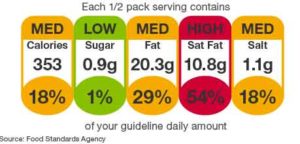
The healthiest option is green and means GO. Yellow means caution and red means STOP! On a daily basis, foods from the green category should me maximised, yellow minimised and red avoided. Ie look for high-value percentages in the green and avoid the above with high values in the red which are high in saturated fats.
Know How Much To Eat
Forget calorie counting. Use your own hand for measuring portions.
Here how it works: (full credit to ‘Precision Nutrition’ for such visually digestible info)
- Your palm determines your protein portions.
- Your fist determines your veggie portions. (At closer look you’ll see that’s cauliflower, not mash!)
- Your cupped hand determines your carb portions.
- Your thumb determines your fat portions.
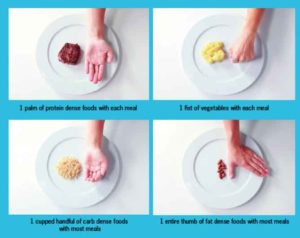
Women
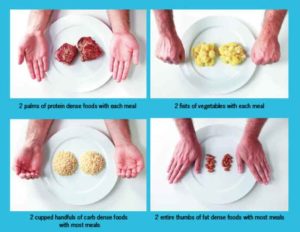
Men
For Women:
- 1 palm of protein dense foods with each meal;
- 1 fist of vegetables with each meal;
- 1 cupped hand of carb dense foods with most meals;
- 1 entire thumb of fat dense foods with most meals.
For Men:
- 2 palms of protein dense foods with each meal;
- 2 fists of vegetables with each meal;
- 2 cupped hands of carb dense foods with most meals;
- 2 entire thumbs of fat dense foods with most meals.
Of course, this is just a starting point and exchanges will need to be made to meet particular goals. For example: if you’re trying to gain weight, and you’re having trouble, you might add another cupped palm of carbohydrates or another thumb of fats. Likewise, if you’re trying to lose weight but reached a plateau or you’re unable fit it an exercise session due to a work deadline for example, you may eliminate a cupped palm of carbohydrates or a thumb of fats at particular meals.
Know When To Eat
Know when to eat in order to reach your training/weight goals and perform well. If you don’t repair your muscles with the right nutrients after a weights session you’ll feel fatigued for longer and won’t gain the maximum benefits of your hard work. Equally, if your aim is to lose body fat and you consume all the office cakes and treats around whilst sitting at your desk all day, again you won’t be complementing your exercise efforts or reaching your goals.
Workout Nutrition
Click on images for a closer view:
Know How To Eat
Think about everything you intend to consume before it touches your lips.
There will be many times when eating from a plate in perfect portions isn’t an option ie parties, working lunches or when you just want a treat.
Practice mindful eating:
- Concentrate on every bite
- Don’t pig out or scoff
- Recognise flavours
- Thoroughly enjoy your treats
- Avoid having seconds and be practice being satisfied with the right amount
- NEVER FEEL GUILTY
If all the above is practiced and you clean up your eating habits for the majority of the time, you will still have time to enjoy the sweeter things in life and create a good relationship between you and your food.
There’s no ‘one-size-fits-all
You are individual and need to work out what works for your body. If you need extra guidance on nutrition and training, simply get in touch below.
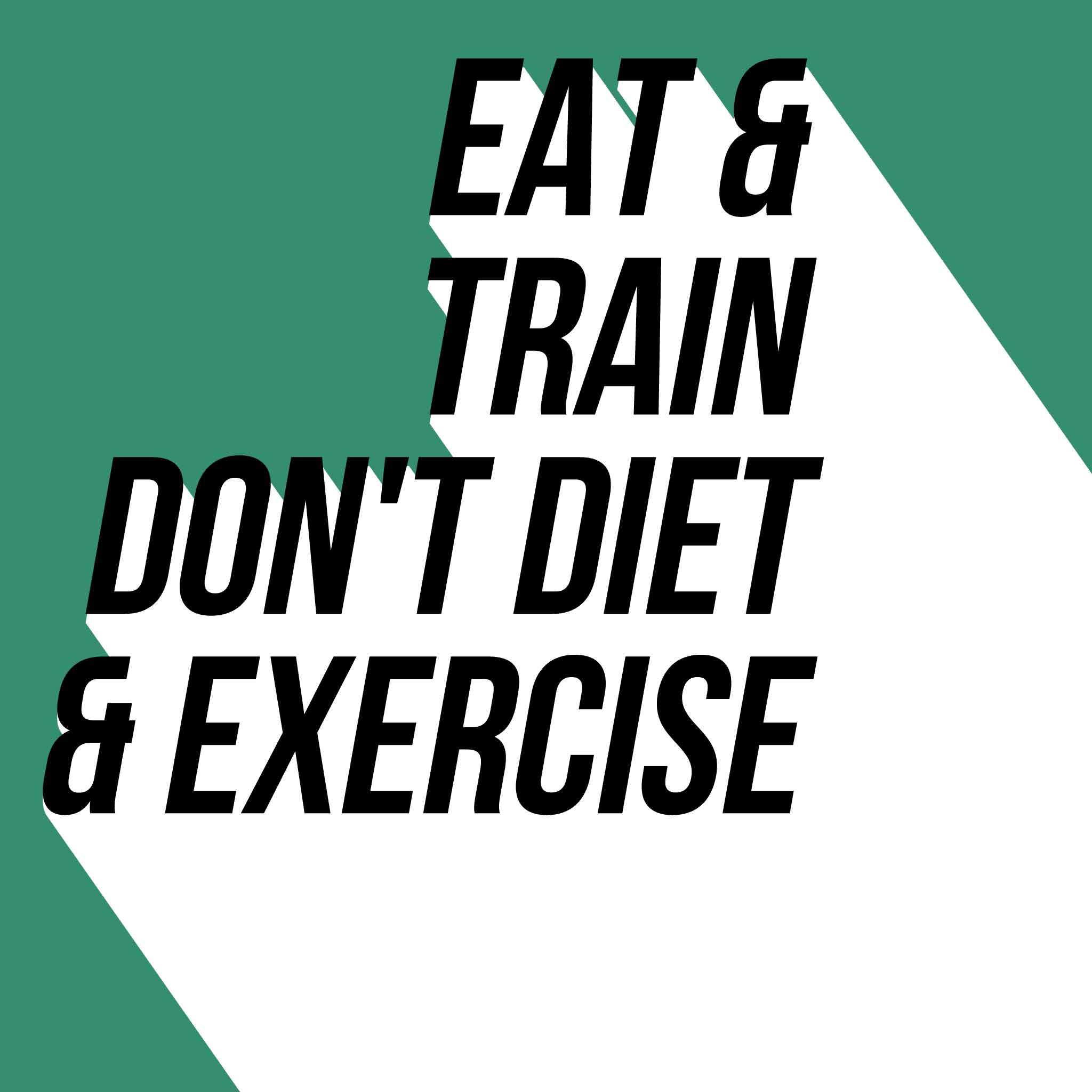
Get In Touch:
[contact-form-7 id=”1133″ title=”Contact form 1 (7)”]


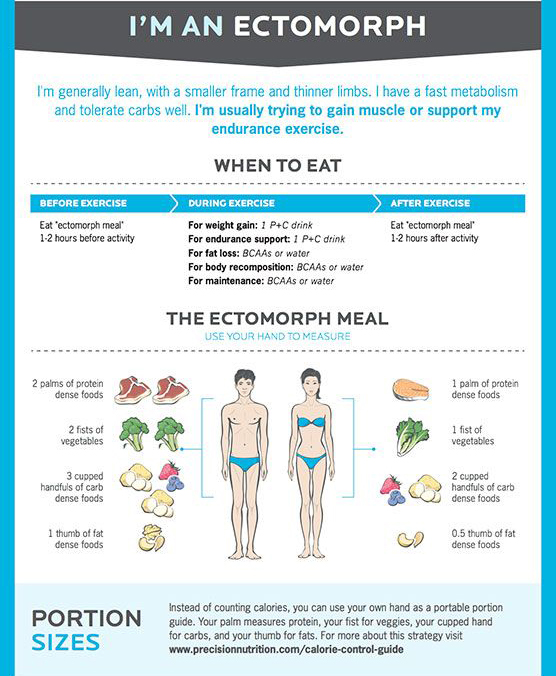
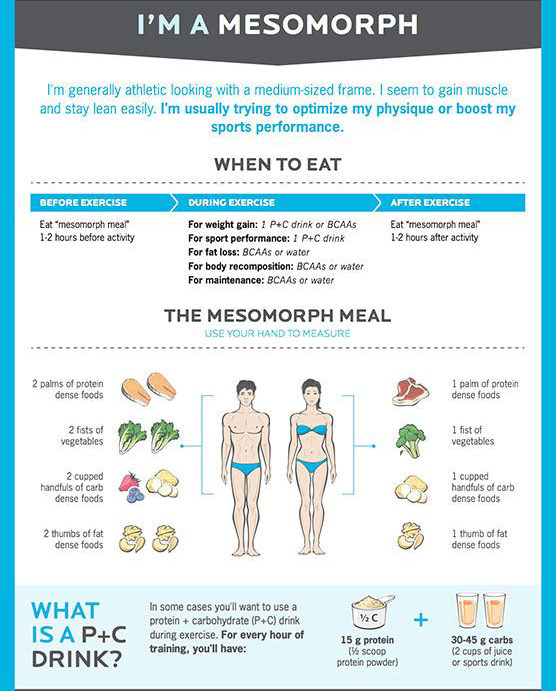
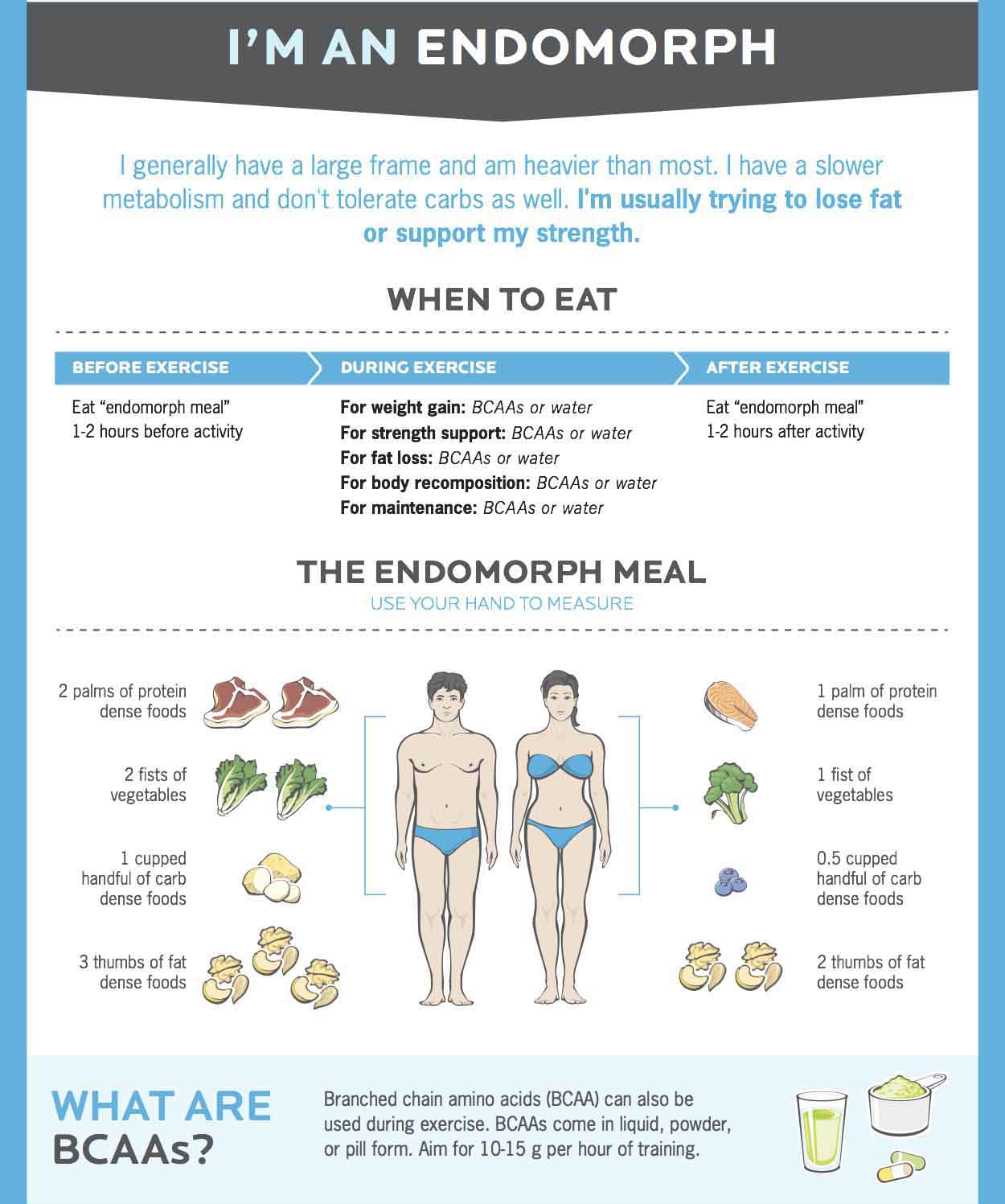
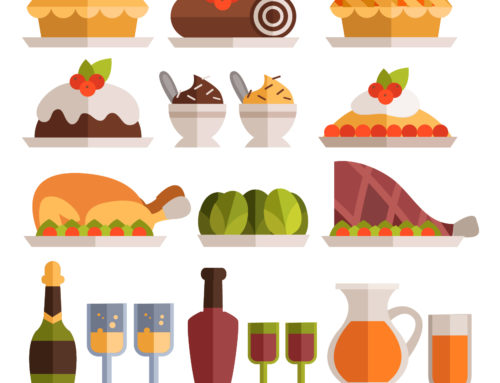

Leave A Comment